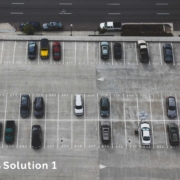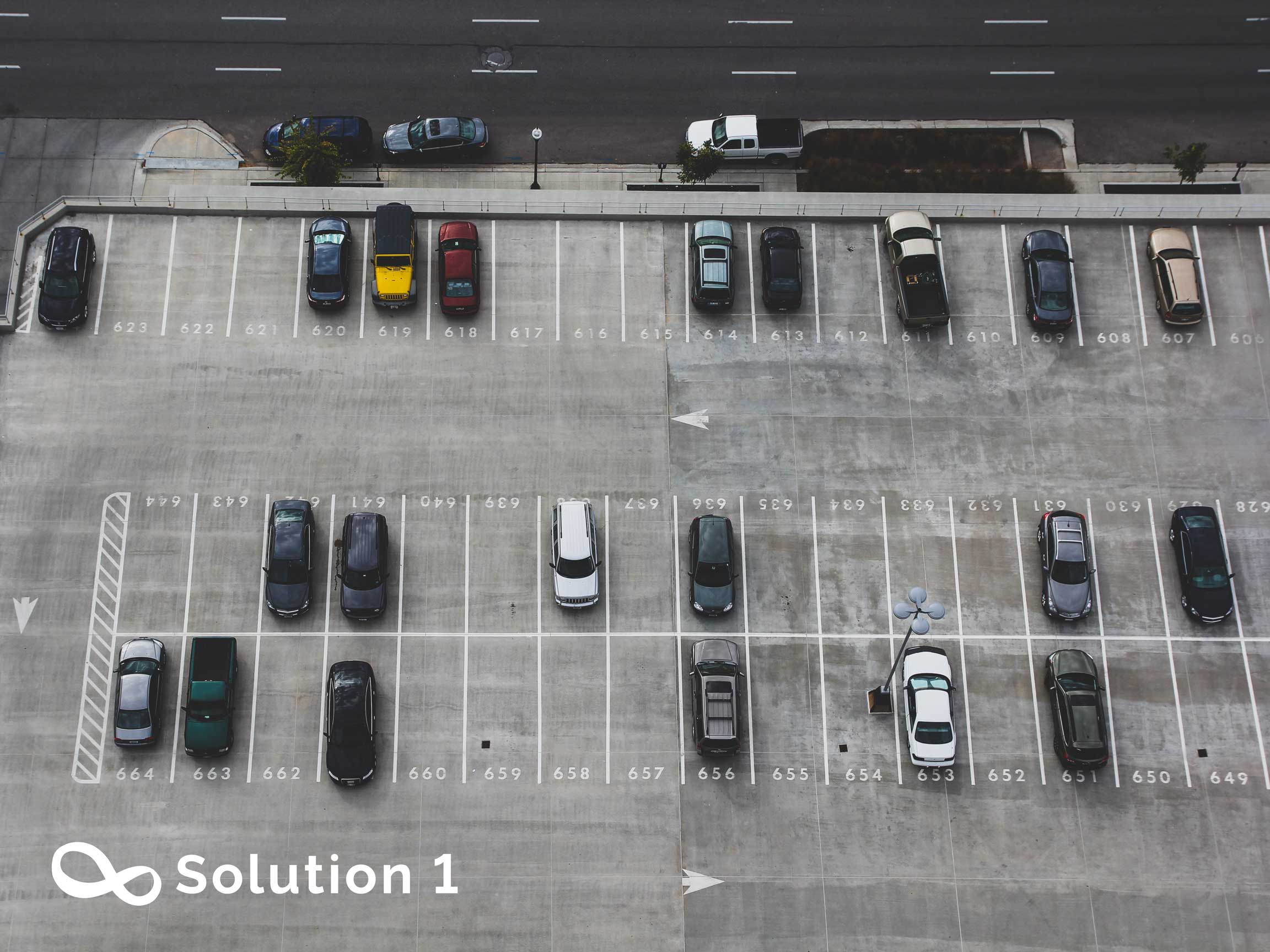The parking problem in residential areas of some large and medium-sized cities is increasingly prominent, and parking resources are generally tight.
- As the global economy develops, the usage of vehicular transportation is also increasing day by day.
“According to The Business Research Company, in the year 2022, the market size for parking management is valued at USD 4.38 billion. The growth is expected to continue. The growth forecast is poised to reach a total revenue of 10.14 billion in the year 2030 expanding at a Compound Annual Growth Rate (CAGR) of 11.1% from 2022 to 2030.”
Car owners are facing a lot of hassle in finding parking spots. In megacities where the population is very large, it is more difficult to accommodate empty parking spots for an everyday growing number of vehicles. There might be available parking positions, but for lack of getting available parking information, it doesn’t reach the car owners.
The rapidly increasing number of vehicles without a corresponding increase in the availability of parking lots is causing problems in several cities worldwide. Finding a parking lot is a common problem encountered daily by numerous people in cities.
This problem is severe and affects several aspects of human life. The lack of parking lots causes traffic congestion because people searching or waiting for an available parking lot move slowly, causing a long queue to form on streets and blocking other cars. At the same time, cars moving slowly when searching for parking increases carbon emissions.
The problem of limited parking lots can be solved using two general approaches. The first approach includes building new parking lots. Although this solution would increase the number of parking lots, it causes other problems and is cost-intensive. The second solution is increasing the utilization rate of existing parking lots.
- Smart parking solutions may help vehicles owner within the city in pollution reduction, time-saving and efficient resource utilization.
Nowadays, the number of parking spaces is not increasing to meet the growing demand. The situation is not very different in developed counties as well, where the general people struggle to find parking spots.
Such as in the USA, drivers spend an average of 17 hours every year finding empty parking spots. Again, in Malaysia, drivers may have to wait up to 25 minutes to find an empty parking spot.
Statistics show that 37% of drivers in Milan and 58% of drivers in New Delhi have taken part in verbal abuse or picked a fight for occupying a specific parking space. These events cause congestion at the parking lot’s entry which eventually leads to jams in traffic as well.
Therefore, smart parking solution has been introduced to overcome parking difficulties and the leak of parking space management in cities. A smart parking solution is an example of a smart city application. Before that, drivers usually try to search for available parking spots by driving around and locating a parking spot based on their local knowledge and luck. This way of searching for a parking spot consumes both fuel and time, and there is no assurance to find an available parking place, especially during high vehicle traffic times.
One of the solutions is to implement an IoT system that shows unused parking spots to the driver and lets the driver chooses a free parking place. A smart parking solution is considered one of the most effective ways, can provide suitable access to city facilities.
Smart parking management helps the city to better use the existing parking capacity by adopting more organized and sophisticated strategies. It is approach has been proven to have positive impacts such as reducing demand for parking spaces, social equity, improving service efficiency and quality, and saving costs.





